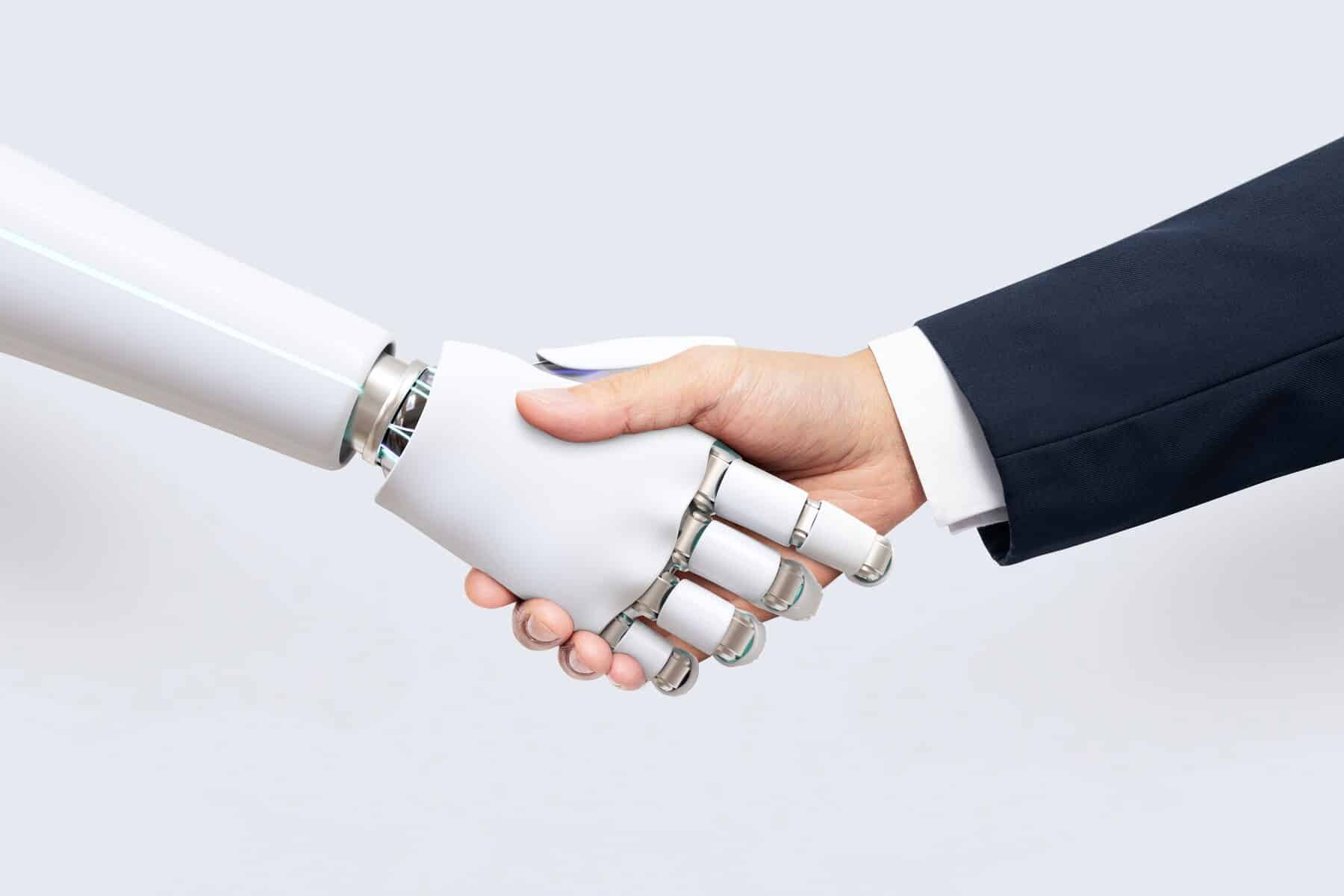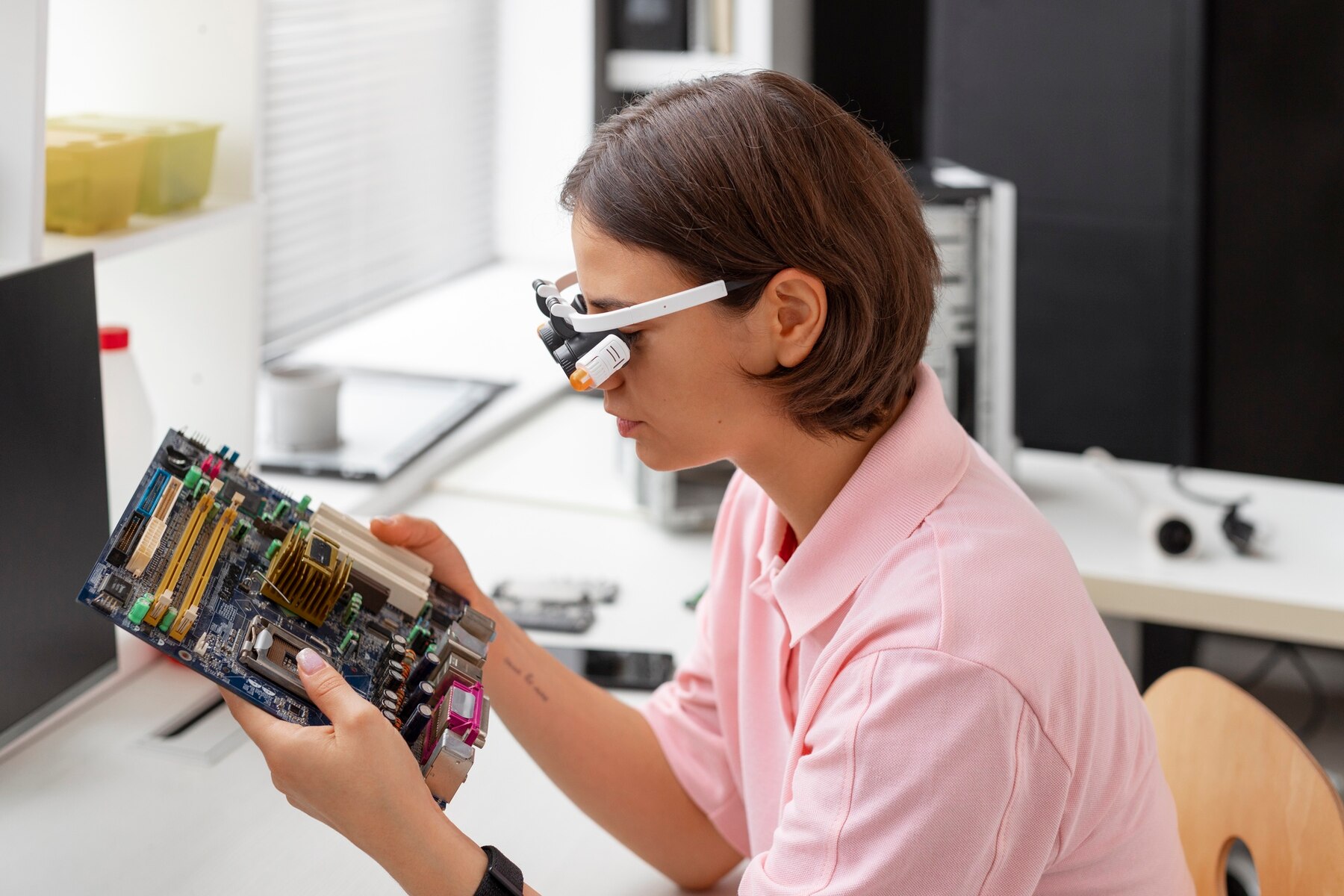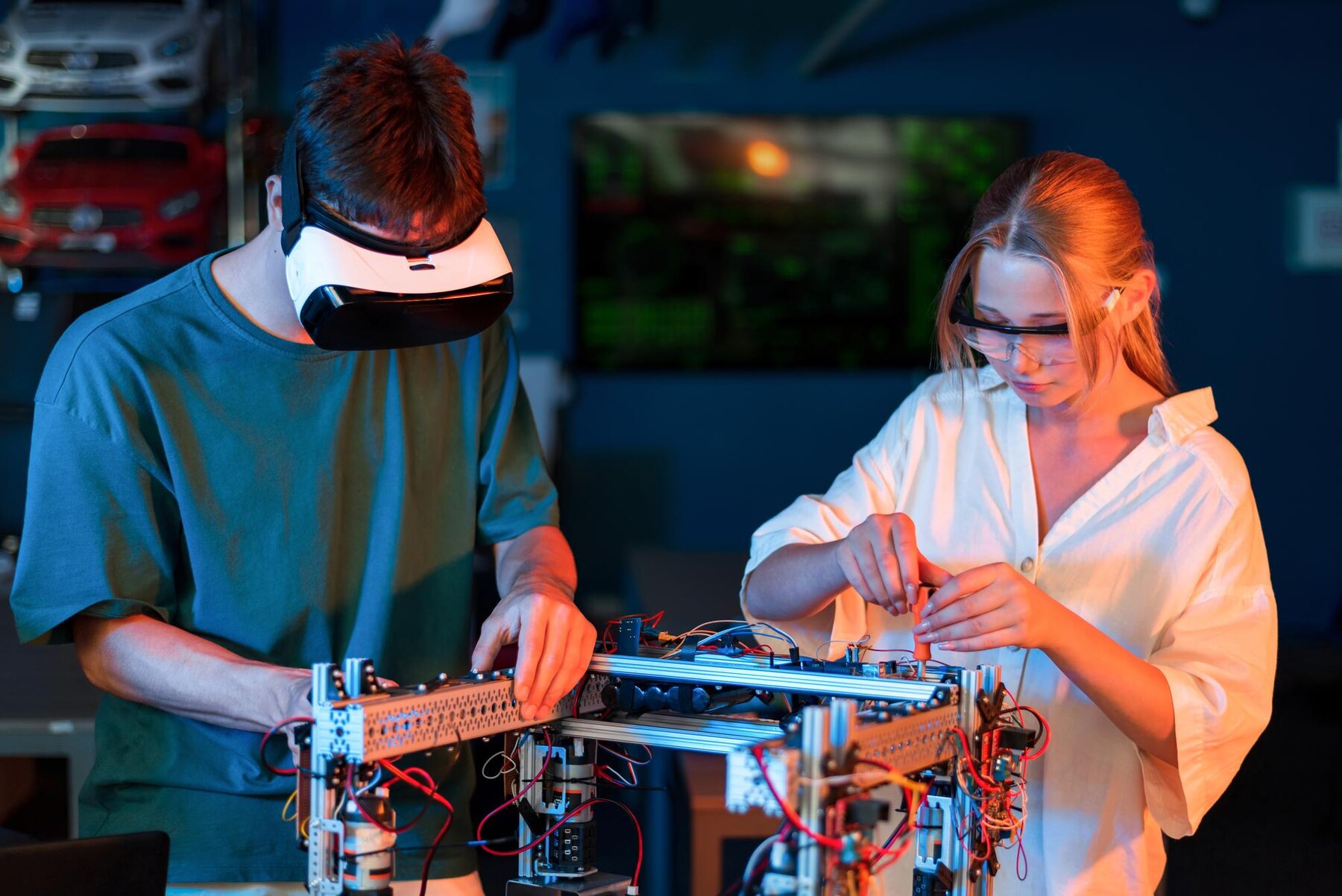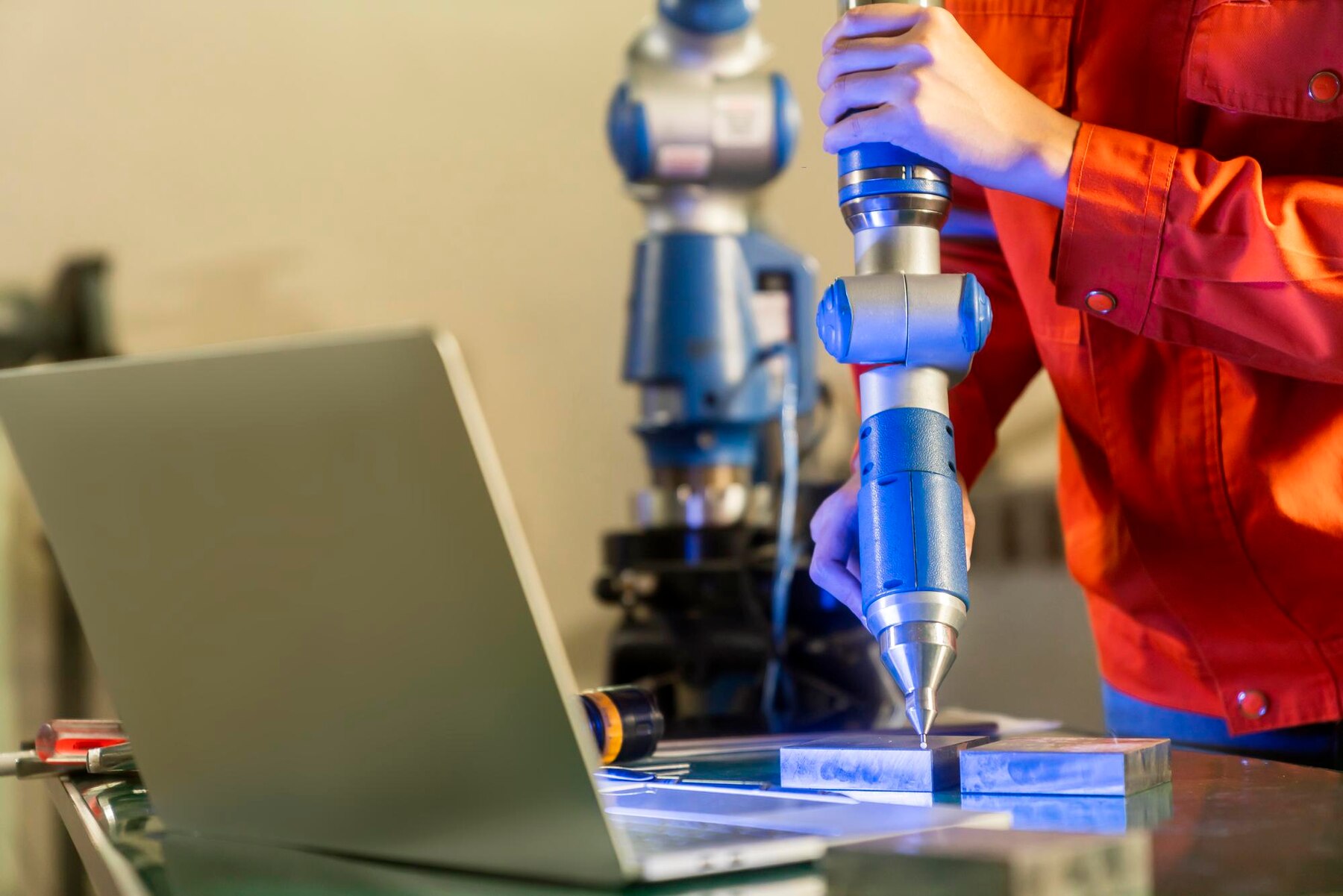
Soft Robotics: The Future of Human-Machine Interaction
The field of robotics is rapidly evolving. Emerging innovations are changing the static shapes of traditional robots. One such breakthrough is soft robotics technology. This technology is transforming the interaction between machines, people, and physical environments. Reading between the lines, a flexible AI robot mimics the structures of a biological material rather than a standard robot. They enable more secure and flexible interactions between humans and machines.
From biomechanical robotics that assist patients to soft robotic grippers in manufacturing, this field continues to break new ground. So, what is it that makes soft robotics unique? How will these adaptable AI robots transform industries? This article will review the fundamentals of soft robotics, its applications, and the future of human-machine interaction.

What is Soft Robotics?
Soft robotics is a new area in robotics. It focuses on machines made from compliant, deformable materials rather than complex parts. These robots use flexible materials like silicone, rubber, and shape-memory alloys to imitate the movement of living organisms.
Key Features of Soft Robotics:
- Flexibility & Adaptability – They can deform and move in ways that rigid robots cannot.
- Safety in Human Interaction – Soft materials lower the risk of injury.
- Bio-Inspired Designs – They mimic the structure of living beings.
- Customisable & Scalable – They can be adapted for various uses.
Instead of relying on motors and complex parts, soft robots use pneumatic systems, fluidic actuation, and artificial muscles for movement. This gives them a level of dexterity and precision that traditional robots lack.
How Soft Robotics is Revolutionising Industries
Soft robotics can change many industries, including healthcare, manufacturing, and search and rescue. Here are some key areas where soft robotics technology makes a big difference.
Healthcare & Biomechanical Robotics
Soft robotics is changing patient care, prosthetics, and surgeries in healthcare. Biomechanical robotics leads to soft exoskeletons and robotic prosthetics that provide better comfort and mobility.
Soft Robotics in Prosthetics & Wearable Tech
- Soft robotic exosuits help those with mobility issues regain movement.
- Artificial muscles offer more natural motion for robotic limbs.
- Soft robotic gloves aid stroke patients in therapy.
Surgical Robotics & Minimally Invasive Procedures
Soft robots are also used in minimally invasive surgeries. Unlike rigid robotic arms, flexible AI robots can navigate delicate tissues, reducing damage and speeding up recovery.
Example: The STIFF-FLOP robotic arm is made of soft materials, allowing it to work safely inside the human body.
Soft Robotics in Manufacturing & Automation
The manufacturing sector uses soft robotics technology to improve precision, safety, and efficiency.
Soft Grippers & Handling Systems
Soft robotic grippers are used every day in manufacturing. They are perfect for handling delicate objects, such as:
- Food packaging & processing (e.g., handling fruits and fragile items).
- Electronics assembly (e.g., picking circuit boards).
- Pharmaceutical manufacturing (e.g., handling medical vials).
Soft grippers use vacuum suction and elastic materials to grasp items without causing damage, making them invaluable in automation.
Example: Festo’s BionicSoftHand mimics the human hand and can handle various objects precisely.

Search & Rescue Robotics
Soft robotics is very useful in disaster response and rescue missions, where flexibility is key.
Why Soft Robots Are Ideal for Rescue Operations:
- They can navigate through debris and tight spaces.
- They are less likely to harm humans.
- They can be used in dangerous environments (e.g., chemical spills, earthquakes).
Example: The Harvard Octobot is an entirely soft robot that can squeeze through small gaps, making it great for search and rescue.
Agricultural Robotics
The agriculture sector is seeing benefits from soft robotics technology for better crop harvesting and precision farming.
Soft Robots for Harvesting & Plant Care
- Soft robotic arms can pick fruits without bruising them.
- AI-driven flexible robots can find and remove sick plants.
- Soft drones can pollinate crops like bees do.
Example: The Agrobot E-Series uses soft grippers to harvest strawberries gently.
Challenges & Limitations of Soft Robotics
Despite its promise, soft robotics faces some challenges:
Material Durability
Soft robots often use silicone, rubber, and polymers, which can wear out faster than metal. Researchers are looking into self-healing materials to extend their lifespan.
Precision & Control
Soft robots don’t have the rigid structure that allows traditional robots to make precise movements. Advances in AI and machine learning are helping improve the accuracy of flexible AI robots.
Power & Energy Efficiency
Many soft robots move using pneumatics, hydraulics, or chemical reactions. Finding compact and efficient power sources remains a big challenge.
Cost & Scalability
Right now, making soft robotics technology is more costly than producing traditional robots. As research progresses, costs should decrease, making these robots more affordable.
The Future of Human-Machine Interaction with Soft Robotics
Soft robotics will play a vital role in the future of human-machine collaboration. As technology advances, we can expect:
Human-Like AI-Powered Humanoid Robots
Future humanoid robots will use soft robotics technology to achieve:
- More lifelike movements and expressions.
- More excellent safety when interacting with humans.
- Better dexterity for complex tasks.
Integration with AI & Machine Learning
AI-driven soft robots will learn to adapt, allowing them to:
- Respond to human emotions and gestures.
- Become more efficient in different industries.
- Perform personalised tasks, like aiding older people.
Biomechanical Robotics for Medical Advancements
- Soft bio-robots might someday replace damaged tissues.
- Self-healing robotic limbs could provide better durability.
- AI-powered prosthetics could become more intuitive.
The potential of soft robotics goes beyond industry—it is paving the way for a future where humans and machines interact safely and naturally.

What’s Next?
Soft robotics transforms human-machine interaction, improving safety, adaptability, and efficiency across numerous industries. Biomechanical robotics in patient care and flexible AI robots on manufacturing lines are examples of such technology, which is on its way to defining the future of automation.
While further challenges persist in areas such as material durability and print precision, ongoing breakthroughs in AI, machine learning, and soft materials are extending boundaries.
As soft robotics develops, its uses will expand into areas we can only imagine today. Whether it’s robotic exoskeletons for rehabilitation, AI-driven soft humanoids, or bio-inspired robots for disaster relief, one thing is clear—soft robotics is redefining the future of technology.
Are you excited about soft robotics’ potential? Share your thoughts below, and let’s discuss how this innovative field shapes our world!


